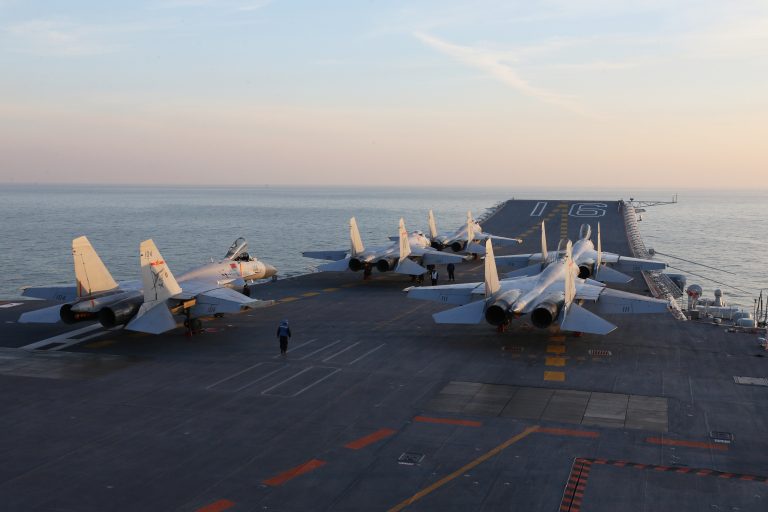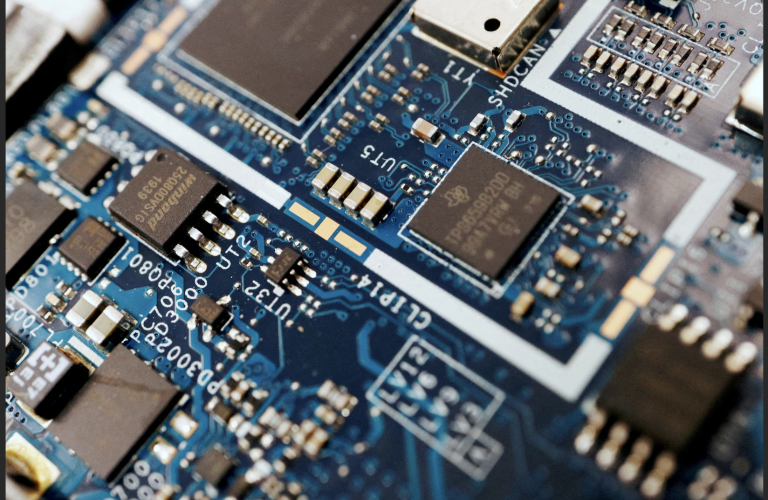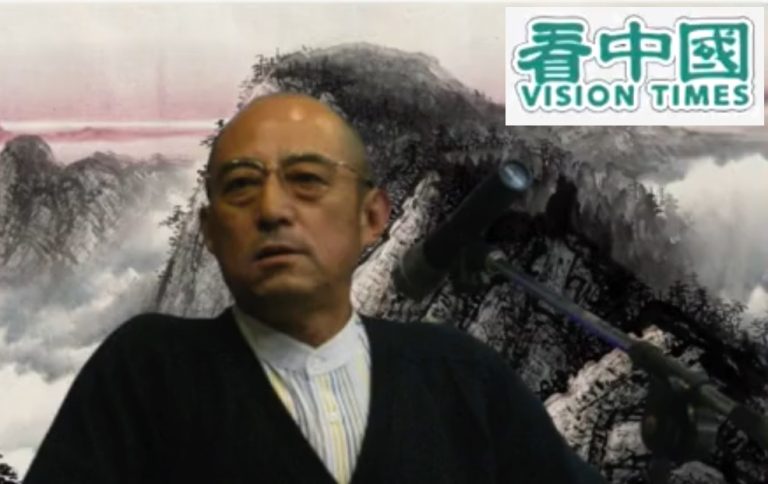Taiwan’s defense ministry reported on Aug. 10 that Beijing had dispatched navy ships and a substantial squadron of fighter jets towards the self-ruling island nation — marking yet another episode in the rising military tensions between the two regions.
According to the defense ministry, from 6 a.m. Wednesday (Aug. 9) to 6 a.m. Thursday, the Chinese People’s Liberation Army deployed a total of 33 warplanes — including J-10 and J-16 fighter jets — which crossed the midline towards the southwest of Taiwan. In addition, six navy vessels were sent to surround other parts of the island.
In response to Taiwan’s recent political activities, which included diplomatic visits from Taiwan’s President Tsai Ing-wen to the U.S. and former House Speaker Nancy Pelosi’s visit to the island in November 2022, a growing number of Chinese naval vessels and aircraft have been encroaching on Taiwan’s maritime and aerial territories — seemingly testing the island’s defense readiness to exert pressure on its military assets.
Taiwan’s government said Beijing has also repeatedly sent “aerial missions” that have crossed into its airspace without permission. Within the last year, Taiwanese authorities have expanded these actions to include navy vessels and drones to patrol surrounding waters.
- Taiwan’s President Tsai Ing-wen Arrives in the US, Defying Beijing’s Protests
- Taiwan to Boost Military Ties with US in Face of ‘Authoritarian Expansionism,’ President Tsai Declares
- China Suspends Talks With US Over Pelosi’s Taiwan Visit, Ups Military and Diplomatic Warnings
- Pelosi’s Taiwan Visit Sharpens Tensions at a Bad Time for Beijing
A noticeable uptick
Taiwan’s forces said a “noticeable uptick” in Chinese operations within its waters and airspace east of Taiwan, overlooking the West Pacific, have become alarmingly routine. Experts interpret China’s growing activity in this region as an attempt to control a strategic sea area, which is crucial for Taiwan’s defense and potential assistance from the U.S. in the event of an invasion from mainland China.
Success
You are now signed up for our newsletter
Success
Check your email to complete sign up
On Aug. 9, Taiwan’s ministry also revealed that Taiwanese military forces tracked five of these naval ships, which coordinated their movements with the fighter jets.
The ministry employed land-based missile systems to monitor the aircraft, noting that 10 of them breached the Taiwan Strait’s midline. Historically, this unofficial demarcation has served as a de facto buffer between Taiwan and the Chinese mainland.
Formally known as the Republic of China (ROC), Taiwan has preserved its de facto independence and democratic self-governance; its government once ruled all of China before Communist rebels overtook the mainland in 1949.
But the Chinese Communist Party (CCP) that controls mainland China claims Taiwan as a rightful part of its territory — vowing to retake it by any means necessary — even if that means resorting to military force. The PRC government is also committed to preventing international recognition of the island nation’s de facto independence, requiring all countries that wish to pursue diplomatic relations with it to first break off any ties with Taiwan in accordance with its One-China principle.
Taiwan’s defense initiatives
In light of China’s mounting military activities, Taiwan has been investing in arms and fighter jets to bolster its defense. In July, the U.S. sanctioned a defense deal worth $345 million with Taiwan, encompassing portable air defense systems, intelligence, surveillance capabilities, firearms, and missiles.













